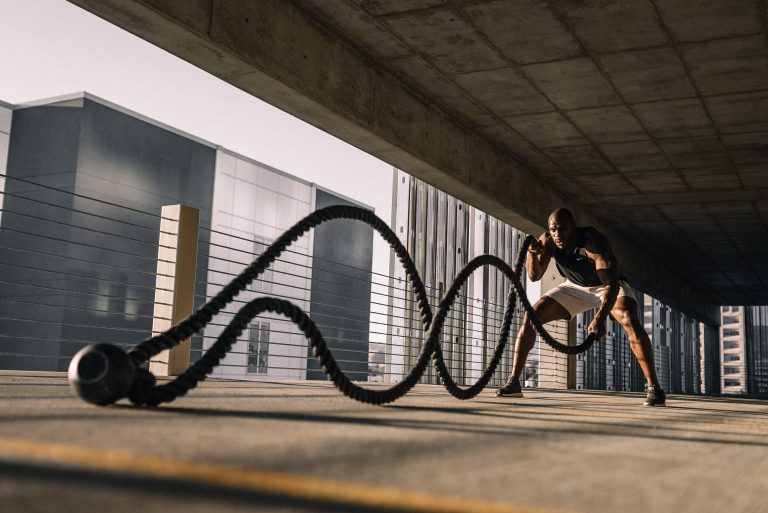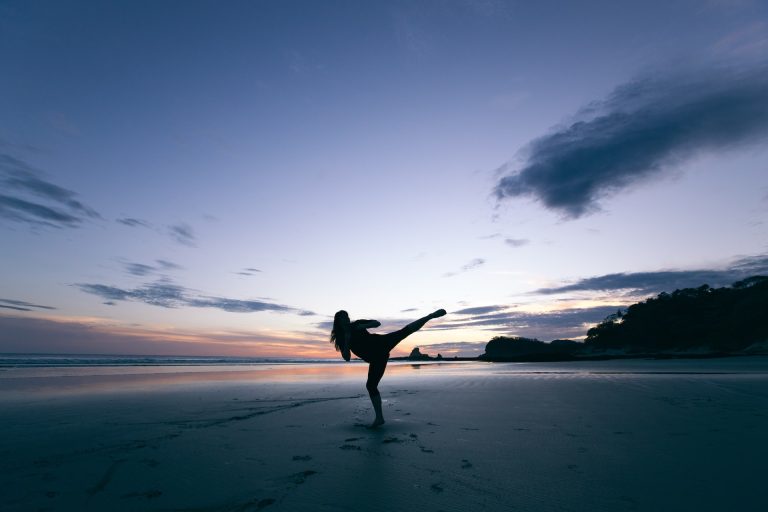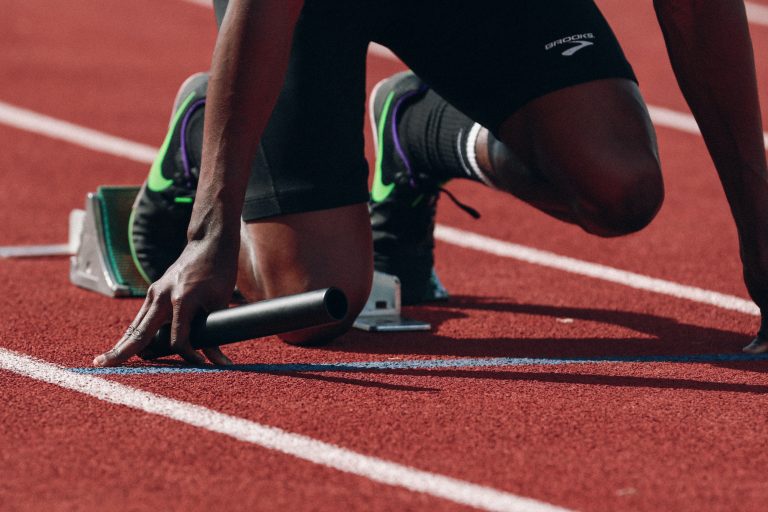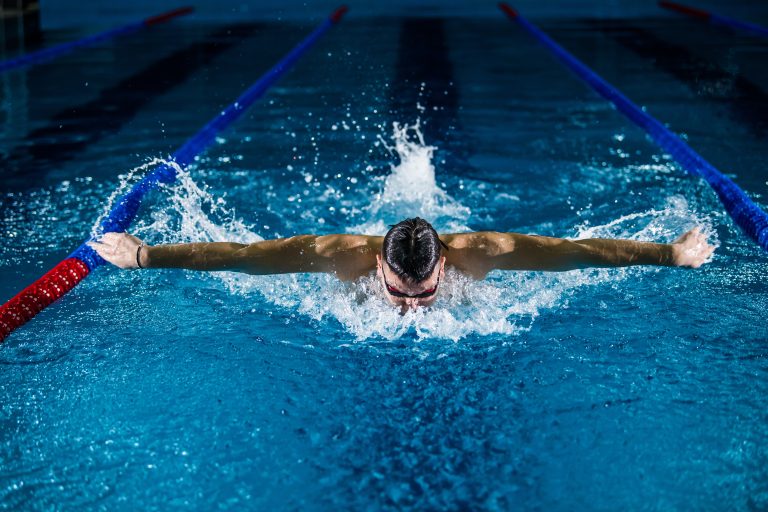Karate Clothing for Winter: Training Warm and Comfortably
If you’re a serious karate practitioner, you know that training is a way of life. However, with winter upon us, it can be difficult to keep up with your training regimen due to the cold weather. Apart from the obvious need for warmer karate clothing, much emphasis should be laid on functionality and comfort. You want to be able to train diligently without being inhibited by bulky winter gear. This article will provide you with tips on how to stay warm and comfortable during the winter months without sacrificing your form, speed or range of motion.
The Importance of Layering
Layering is key for staying warm, but it’s important to maintain mobility. The first layer should be a moisture-wicking base layer underneath your karate gi. This will help to regulate your body temperature and keep you dry as you sweat. You can further add a thermal layer on top of your base layer for extra warmth. Look for materials like polypropylene, fleece, or merino wool which are effective at trapping heat.
Don’t Forget the Extremities
When combating the cold weather, it’s easy to overlook the smaller areas of your body such as your hands, feet, and ears. It’s important that you keep your feet warm and dry; invest in shoes with good grip and insulation to keep your feet from getting cold and wet. You can also layer up with winter sports socks (non-cotton). Similarly, protect your hands and head with gloves and beanies. With a hat on, you might want to adjust your karate headgear size to avoid a snug fit that might interfere with your training.
The Right Karate Gi
Choosing the right karate gi is especially important to help maintain your range of motion and flexibility during winter training. Opt for a heavier weight karate gi, which provides a little extra padding and insulation against the cold weather. It’s also important to select one that is pre-shrunk to avoid any shrinkage after washing.
Staying Safe
As the weather gets colder, it gets dark earlier, making it critical to wear reflective gear to help drivers see you from farther away. Incorporating reflectors within the karate clothes design also helps in this regard. Avoid wearing overly restrictive or baggy clothing, potentially creating tripping hazards.
Conclusion
Karate is a year-round activity, and the cold weather shouldn’t stop you from being able to train comfortably. Layering is key to maintaining your body temperature, with special attention paid to extremities. Investing in a heavier weight karate gi, reflective gear and winter sports socks is also recommended. With the right karate clothing, you can continue to train throughout the winter months without reducing your mobility or comfort.
Karate Clothing for Winter: Training Warm and Comfortably
As the winter season approaches, karate practitioners are confronted with an added challenge when it comes to performing their martial arts training. Sparring, katas, and other routines require ample energy, focus, and flexibility. However, cold weather, snow, and wind can lower body temperature, slow down reflexes, increase muscle stiffness, and cause discomfort. That’s why it’s essential to have suitable clothing to protect your body from the elements while providing maximum mobility and support.
In this article, we’ll discuss the most frequently asked questions about karate clothing and gear for winter training, including:
1. What should I wear for karate training in winter?
Typically, karate training involves wearing a uniform that consists of a jacket (gi top), pants (gi bottoms), and a belt. However, in winter, it’s crucial to choose a heavier-weight material such as cotton/polyester blend or canvas for added insulation. A thicker fabric will keep you warmer and prevent the fabric from sticking to your body when you sweat.
Moreover, some karate practitioners prefer to wear sweatpants, long-sleeved shirts, or even undershirts beneath their karate uniforms for extra warmth. Compression wear like Spandex or polyester blends offers comfortable, flexible movement while keeping muscles warm.
2. What type of jacket is ideal for winter karate training?
The jacket, or gi top, is an essential part of the karate uniform. For winter training, it’s best to choose a jacket filled with insulation, such as polyester or cotton fill, which makes it optimal for warming the body. Some winter karate jackets are made of materials with windproof and water-resistant properties, making it ideal for outdoor practice. These jackets vary in weight but are designed to provide insulation to protect your body from cold temperatures. If you practice karate in a location where there is little or no heat, you may consider purchasing a heated karate jacket that can keep you warm even in freezing conditions.
3. Should I wear undergarments during karate training in winter?
It’s a matter of personal preference, but most karate practitioners can benefit from wearing undergarments, such as a compression shirt or pants, to keep warm during winter training. Compression gear has become popular with athletes as it provides a snug fit while offering support and flexibility. Wearing a base layer of clothes also helps in wicking away sweat that can cause you to become wet and cold while training.
4. How can I stay warm on my hands and feet during winter karate training?
Wearing gloves and socks can help keep your hands and feet warm during karate training in winter. You can choose from several materials, including wool, fleece, and neoprene, depending on the level of insulation and protection you need. Neoprene gloves and socks provide added protection if you plan to train outdoors in harsh weather conditions.
You also want to ensure your feet stay warm without sacrificing flexibility or balance. A good choice for karates is a non-slip sole that provides adequate traction and stability. Alternatively, you can wear toe socks with your karate shoes to keep your toes warm and provide added protection.
5. Should I purchase winter gear, or are there alternative ways to stay warm during karate training?
While some karate practitioners may purchase gear specifically designed for winter training, there are also alternative ways to stay warm during this season. Hydraulic exercise mats, space heaters, or insulation materials can be effective in keeping your body warm for indoor training. For outdoor training, choosing a location protected from the wind and sun, taking frequent breaks, and warming-up can be practical ways to help regulate your body temperature.
6. How can I stretch effectively in winter without getting injured?
Stretching can prevent muscle strains and help increase flexibility, but it’s crucial to stretch properly without overexerting your body. Before stretching, ensure your body is warm, and your muscles are loosened by performing warm-up exercises. Avoid bouncing when stretching, as it can cause muscle tears or pulls. Instead, hold each stretch for about 15-30 seconds and perform three times for each muscle group.
Overall, staying warm and comfortable during winter karate training requires adequate preparation and suitable gear. By wearing thicker karate uniforms, undergarments, gloves, and socks, you can keep your body warm and prevent injuries while performing your karate practice. Remember to stay hydrated and take regular breaks during your training routine to allow your body to rest and recover from the cold.
Inhaltsverzeichnis






